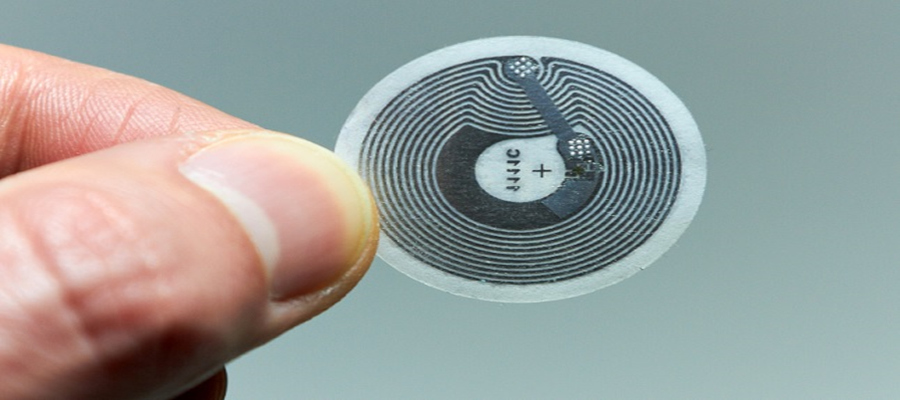Firstly, NFC tags are thee products you can buy on our company, Chuangxinjia. Technologically, they are a type of RFID chip or tag. They are designed to support NFC mobile device uses.
What is NFC Tags? A tag has three main parts: the chip, the antenna and the paper or vinyl sticker itself. NFC tags tend to be self adhesive but clearly don’t actually need to be so, however for this discussion we will assume that they are.
What is NFC Tags? One of part is the antenna, it collects radio energy form the mobile phone when the phone is passed close to the tag. This energy is fed into the chip which receives just enough power to start it up and have brief conversation with the mobile phone. The special ‘trick’ with NFC is that this communication uses the same radio waves that power the chip so that the whole thing can be done in a single smooth pass. Reading an NFC tag in this way typically takes less than a second.
The antenna and chip combination are ‘sandwiched’ between two layers of the paper or vinyl one with some printed graphics facing the consumer and the other with the adhesive sticky bit. This allows the CXJ NFC tag to be stuck in any suitable location and the graphic allows users to identify the tags and use it.
When the tag is read as described above, the data on the tag is then available to the phone and various processing options are possible. This could range from opening a web page, making a phone call or sending an SMS. Such simplicity is achieved through the standardization of the NFC Data Encoding Format or NDEF as defined by the NFC forum.
The NDEF standard allows for a variety of data types and tag sub types to be handled in a stand way and so allowing app and mobile web developers to focus on the user experience rather than having to worry about the technical details of reading and parsing low level communications between the tag and phone.
Alongside the NDEF there are the Tag type standards that define the various tag types and the specifics of how they should be communicated with. All this adds up to a very straightforward mechanism for reading and of course writing to tags (which is done is exactly the same way but in reverse).







